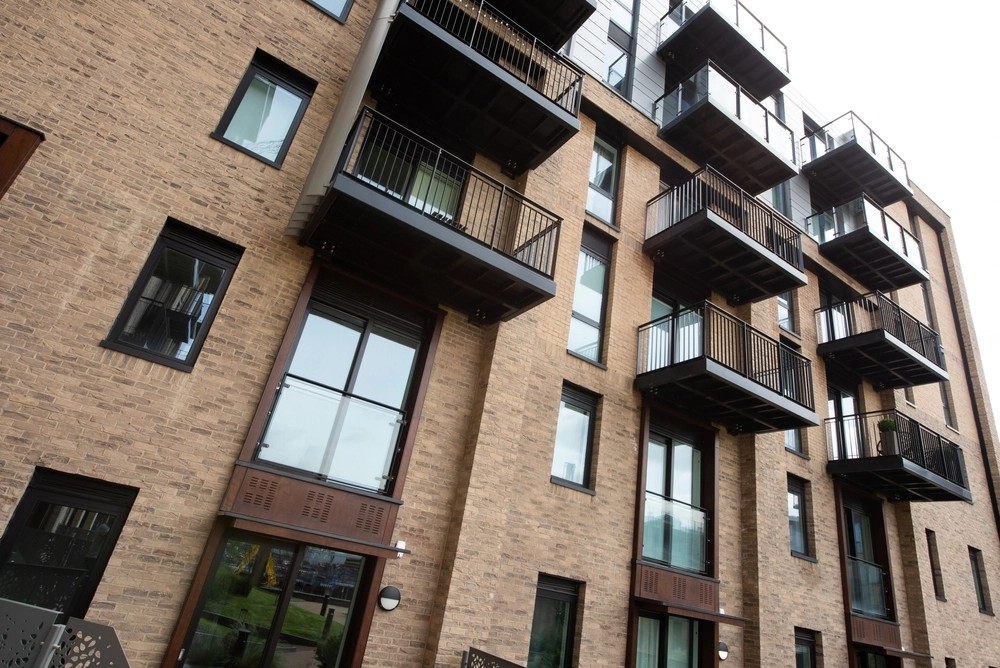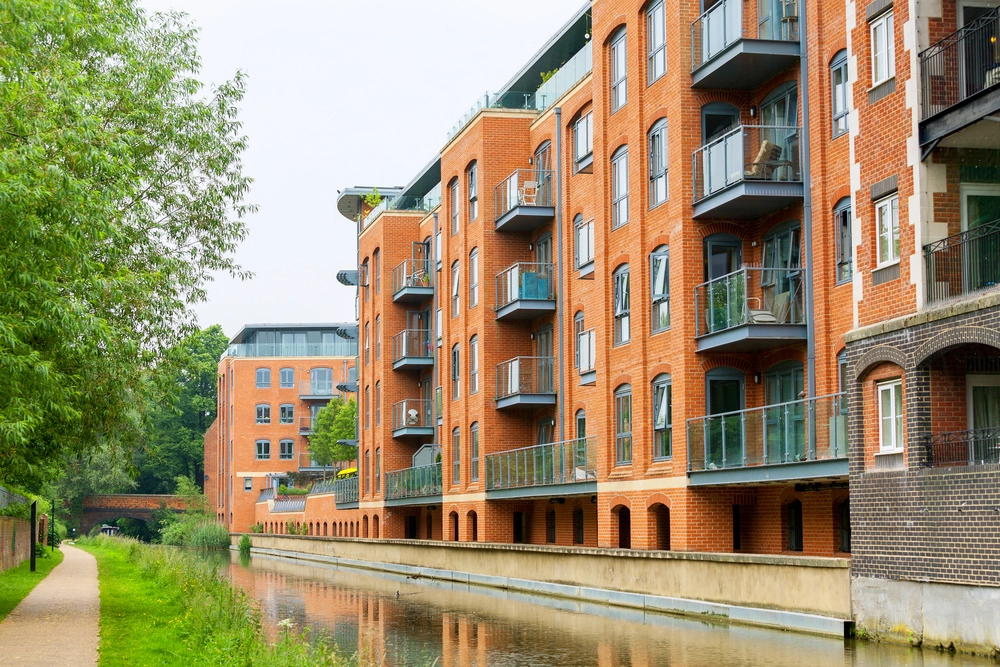
The High Court confirms that the seabed is not land subject to planning control


The High Court has recently concluded that the Bibby Stockholm barge is not subject to planning control as the seabed beneath it is not "land" that is regulated by the Town and Country Planning Act 1990 (the TCPA 1990).
What was the issue?
Moored in Portland Harbour, the Bibby Stockholm is used for accommodating asylum seekers. It is moored adjacent to a finger pier above a part of the seabed which always lies below the mean low water mark and is never exposed to the ebb and flow of the tide.
In R (Parkes) v Secretary of State for the Home Department [2024] EWHC 1253 (Admin), the Claimant argued that the area of seabed above which the barge is moored forms part of the "land" which is subject to planning control under the TCPA 1990 and that the mooring of the barge was a material change in the use of that land which required planning permission.
The Court was therefore faced with the question of how far planning control under the TCPA 1990 extends in situations where the land meets the sea.
What were the Court's key findings?
Rejecting all five of the Claimant's five grounds the Court found:
- Neither the area of the seabed below the barge, nor Portland inner harbour, nor the internal waters in Weymouth Bay form part of Dorset Council's area. Even if they did, the seabed above which the barge was moored did not constitute "land".
- Even if the Bibby Stockholm remained moored in one position for a substantial period, it could not become land or an accretion to land as it remained a chattel capable of being moved.
- A local planning authority does not have power to serve an enforcement notice in relation to development outside its area.
- There was no merit in the complaint that Dorset Council had failed to consider taking enforcement action in respect of the use of the finger pier, quayside, and access road in connection with the mooring of the barge. The Council had said that it was considering the issue. It had not refused to do so. Furthermore, there was no duty to reach a decision over whether to take enforcement action within a specified timescale.
- The positioning and use of the Bibby Stockholm did not qualify as a project that required an environmental impact assessment.
Why is the seabed below the low water mark not subject to planning control?
Of particular interest is the Court's finding that the seabed below the mean low water mark does not constitute "land" as defined in section 336(1) of the TCPA 1990 Act.
The Court found that unlike other legislation, the definition does not expressly include the seabed beyond the mean low water mark. Had Parliament intended to apply planning control to this area it was reasonable to expect that it would have clearly said so as it had done elsewhere.
The Court reviewed parallel Scottish planning legislation which does not extend planning control beyond the mean low water mark. That legislation includes a provision relating to "tidal lands," being the area between the mean high and low water marks. Such a provision had been in previous English planning legislation. However, its omission from the TCPA 1990 did not indicate that Parliament intended to widen the geographical scope of the planning system. If Parliament had intended to, it would have said so in clear and express terms. The principle that planning control does not extend beyond the mean low water mark was, and remains, well-entrenched in legislation.
What are the consequences?
The case confirms that planning permission is not required for development taking place on the seabed beyond the foreshore. This is because planning control is about regulating the development of land, not water and, as the court noted, marine construction works and activities raise very different regulatory issues from those which arise under the terrestrial planning system.
However, any elements of a development that are located on land above the mean low water mark will still be subject to planning control and could result in a situation where some parts of a development project require planning permission whilst elements located below it do not (for example, Dorset Council were considering whether to take enforcement action in respect the use of the finger pier and quayside in connection with the mooring of the Bibby Stockholm).
Even if planning permission is not required, construction works on the seabed may require a marine licence issued by the Marine Management Organisation (the MMO) if those works constitute a licensable marine activity under the Marine and Coastal Access Act 2009 (though the MMO concluded in this case that as the Bibby Stockholm was not attached to the sea bed, its positioning and use did not involve any licensable marine activity).
Finally, the judgment does not affect nationally significant infrastructure projects (such as harbour facilities) located on the seabed as they are subject to the separate statutory regime of development consent under the Planning Act 2008 which contains express provisions extending its geographical scope to include waters adjacent to England up to the seaward limits of the territorial sea.
Authors: Harry Hawkey and Adrian Noviss












